10 Notable & Daring Suicides By Women and Men
Explore the stories of 10 individuals who engaged in self-immolation as a form of protest or personal expression. From Kostas Georgakis to Thich Quang Duc, these notable instances shed light on the complexities surrounding this deeply personal decision and its impact on society. Approach this sensitive topic with understanding and discover the historical significance of these acts.
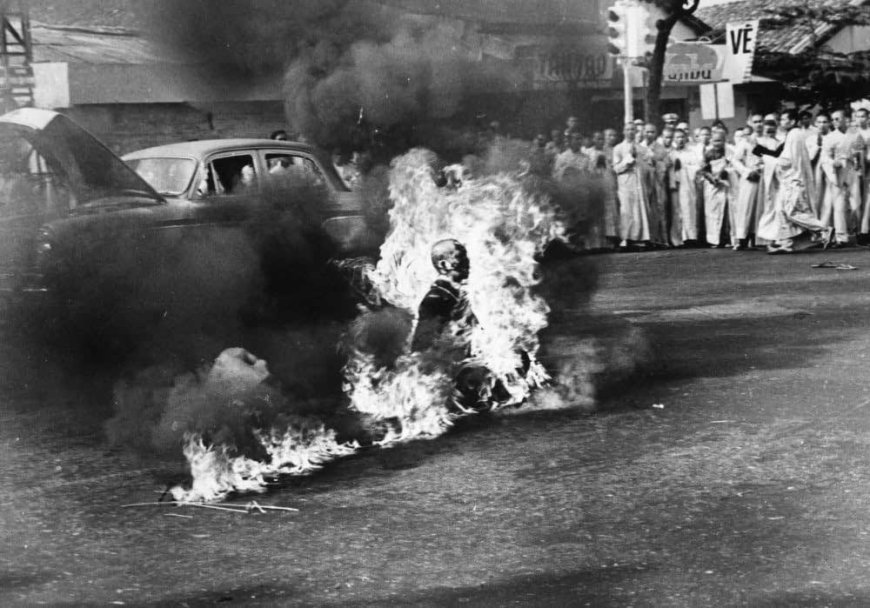
The act of suicide is a complex and deeply personal decision that can stem from various reasons, ranging from individual struggles to larger societal issues. While discussing this topic, it is important to approach it with sensitivity and understanding. Here is a list of 10 notable instances of individuals who engaged in self-immolation as a form of protest or personal expression:
10. Kostas Georgakis (1948 – 1970)
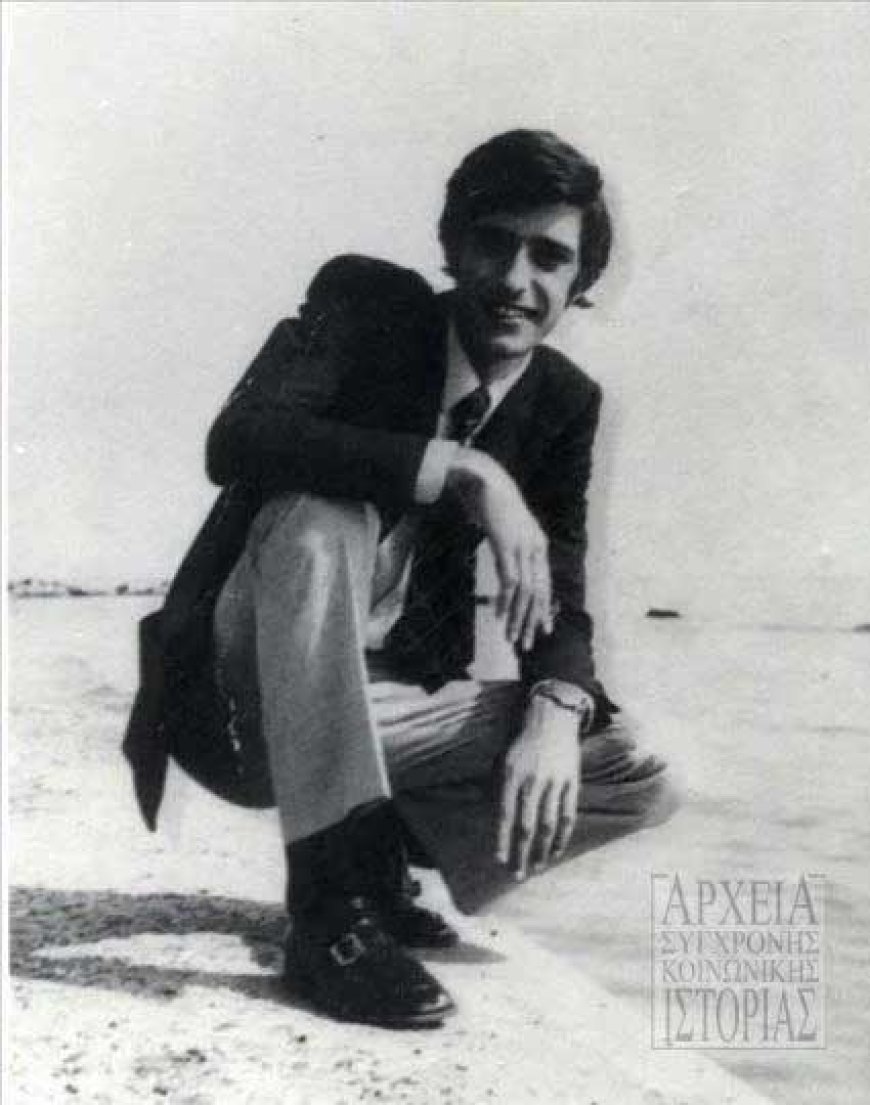
Kostas Georgakis, a Greek geology student from the University of Genoa, found himself targeted after exposing the infiltration of Greek student movements in Italy by the military junta's intelligence service. Fearing for his family's safety and aiming to draw attention to the oppressive regime of Georgios Papadopoulos, Georgakis set himself on fire in Genoa's Matteotti square in September 1970. In a heartfelt letter to his father, he expressed his yearning for democracy and his refusal to endure further violence.
9. Romas Kalanta (1953 – 1972)
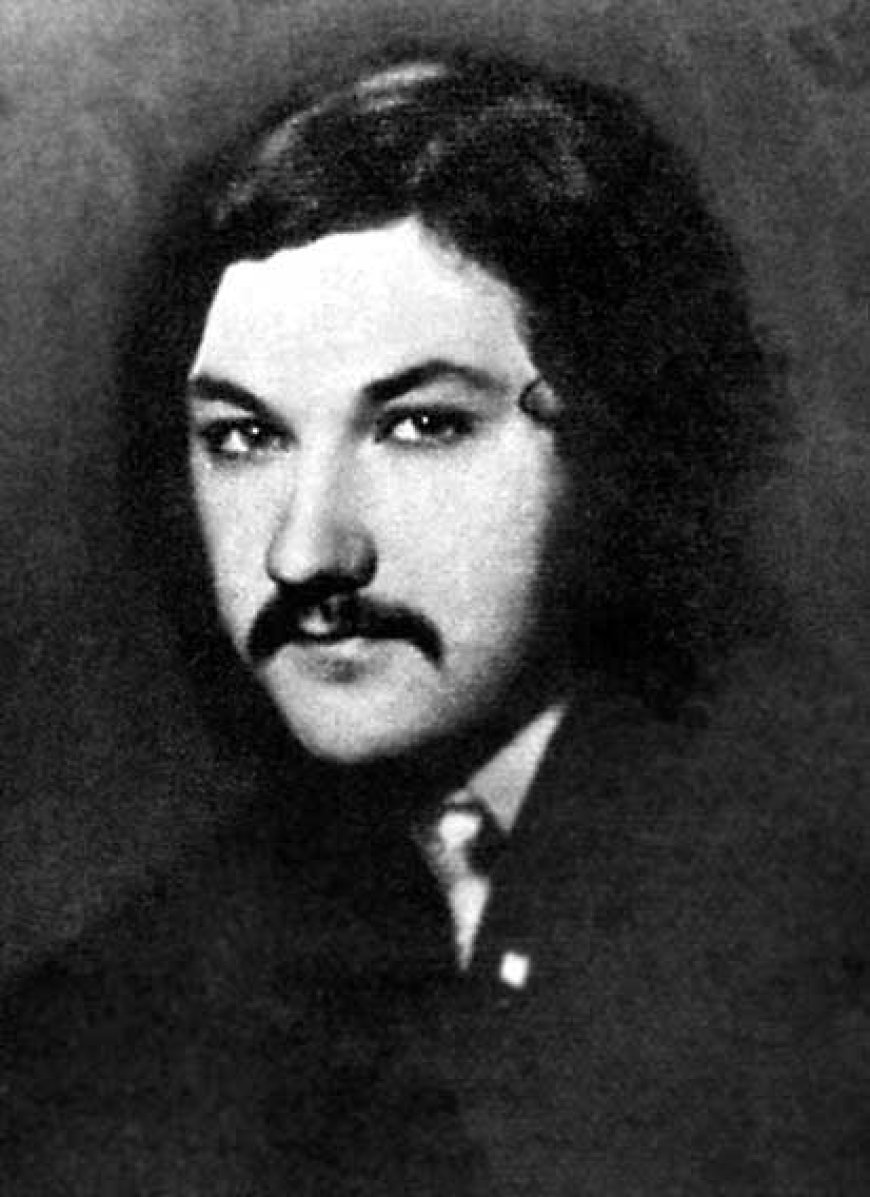
Romas Kalanta became a symbol of resistance against the Soviet government in Lithuania when he self-immolated during a demonstration in Kaunas. This act took place on May 14, 1972, as a response to the suppression of Lithuanian culture and language. While the full circumstances surrounding Kalanta's decision remain debated, his sacrifice brought international attention to the struggles of the Lithuanian people.
8. Jan Palach
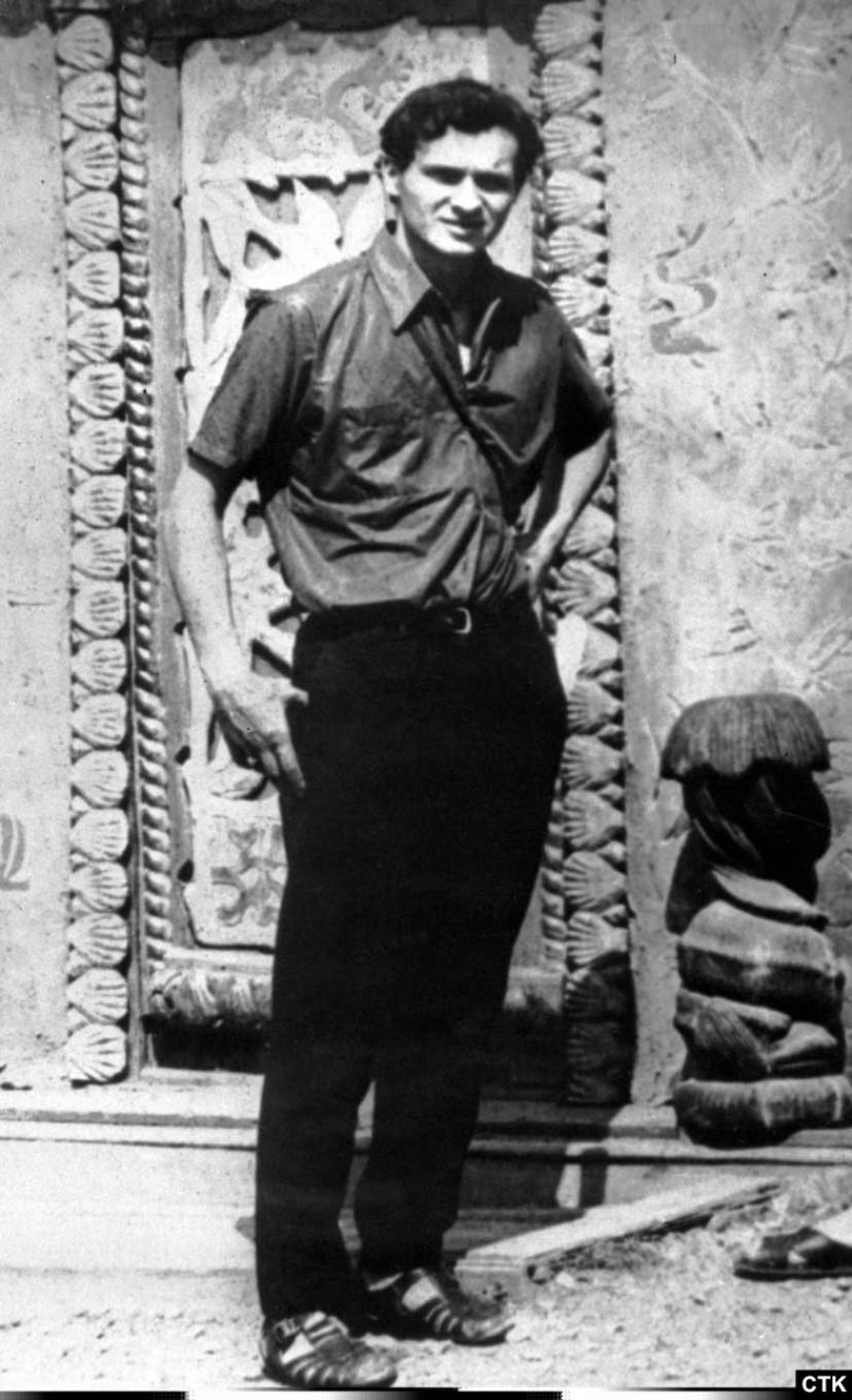
Jan Palach's self-immolation in Wenceslas Square, Prague, on January 16, 1969, was a poignant protest against the Soviet-led invasion of Czechoslovakia. Palach aimed to awaken his fellow countrymen and prevent them from succumbing to demoralization. His act sparked a major protest against the occupation, and his funeral became a significant event in history. In a tragic sequence, Jan Zajíc and Evžen Plocek also followed Palach's example in subsequent months.
7. Ryszard Siwiec (1909 – 1968)
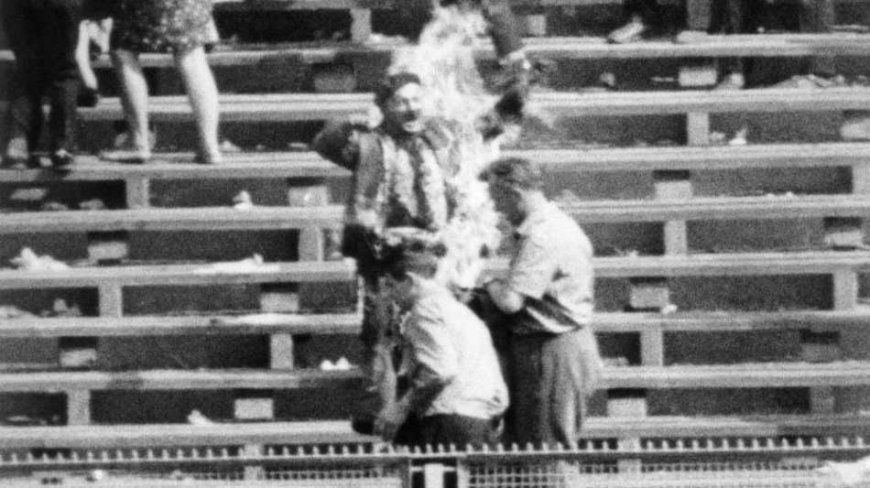
Before Jan Palach, Ryszard Siwiec, a Polish citizen, sacrificed himself in protest against the Soviet-led invasion of Czechoslovakia. Siwiec chose a public event, the national harvest festival on September 8, 1968, attended by national leaders and foreign diplomats. His act, witnessed by approximately 100,000 people, aimed to draw attention to the invasion and its consequences. The Polish government suppressed news coverage of the event and attempted to portray Siwiec as mentally ill.
6. Malachi David Ritscher (1954 – 2006)
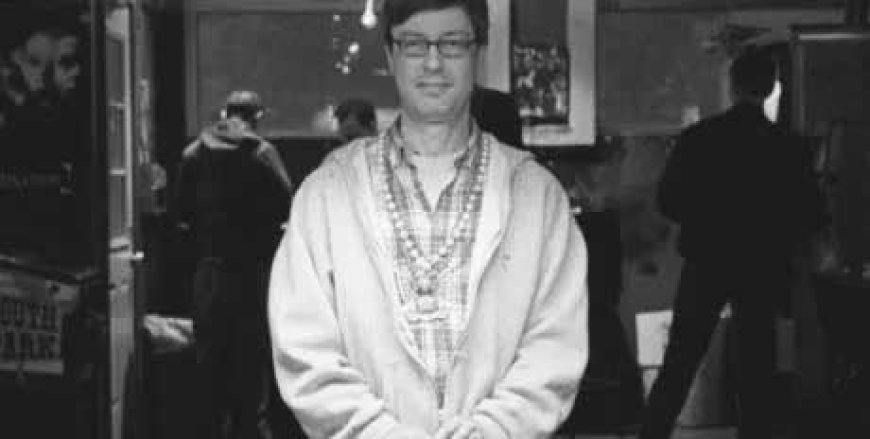
Malachi Ritscher, an activist and recording engineer in Chicago, protested against the Iraq War by self-immolating near the Kennedy Expressway on November 3, 2006. Ritscher aimed to generate attention and provoke reflection on the atrocities of war. His act holds significance in American history, as he is among a small number of individuals who have chosen self-immolation as a form of protest in the United States.
5. Norman Morrison (1933 – 1965)
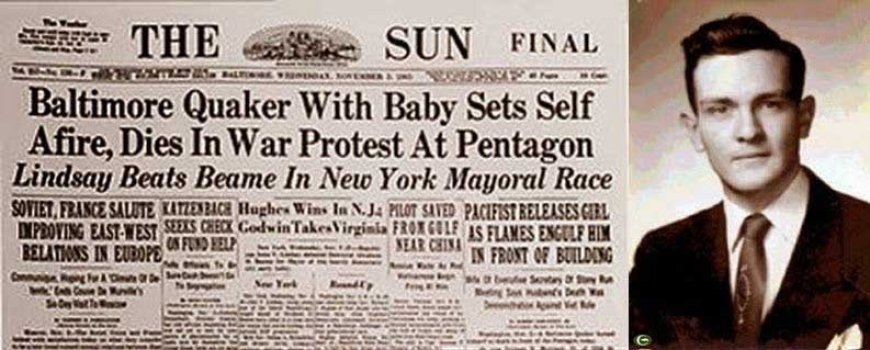
Norman Morrison, an anti-war activist, died by self-immolation in front of the Pentagon office of Secretary of Defense Robert McNamara on November 2, 1965. Morrison's act was a protest against the United States' involvement in the Vietnam War. Though his decision to involve his one-year-old daughter, Emily, remains unclear, Morrison's wife believed that he wanted to emphasize the impact of the war on innocent children.
4. R. Budd Dwyer (1939 – 1987)
R. Budd Dwyer was an American politician who faced bribery accusations and called a press conference on January 22, 1987, the day before his sentencing, to provide an update on his situation. The expectation was that he would announce his resignation from office. However, during the conference, Dwyer appeared agitated and pleaded not guilty, expressing his frustration with the legal system. He highlighted the potential maximum sentence he faced and accused the judge of planning to imprison him unjustly as a deterrent to other public officials. Dwyer handed out three envelopes, one for his wife, one containing an organ donor card, and the last one intended for the newly-inaugurated governor, Robert P. Casey. In a tragic turn of events, Dwyer pulled out a gun and, amid cries and shouts, he pulled the trigger, taking his own life. The entire incident was captured on live television.
3. Emily Wilding Davison (1872 – 1913)
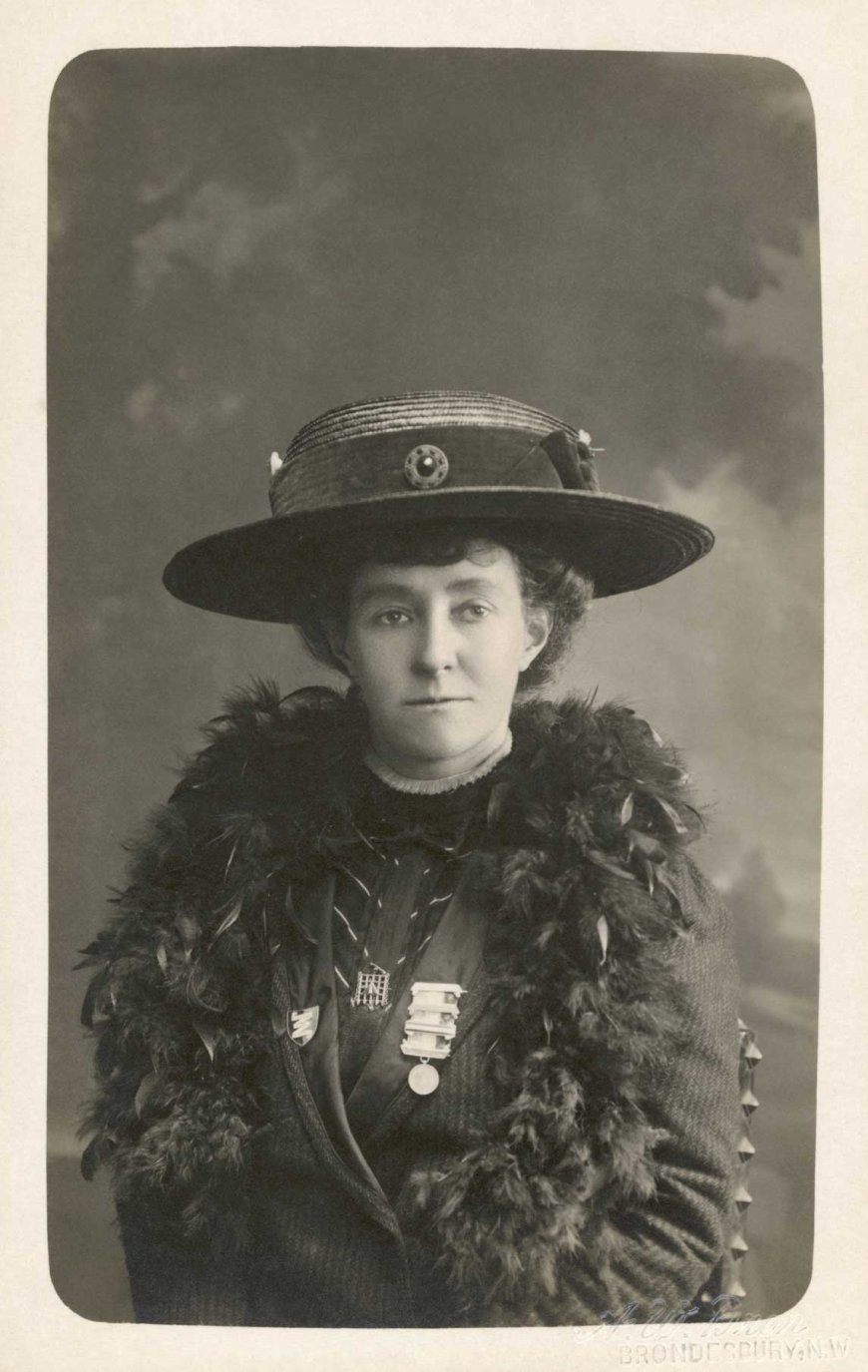
Emily Wilding Davison was a UK-based activist who dedicated herself to the cause of women's suffrage. Highly educated, she obtained first-class honors while studying at Oxford. In 1906, Davison joined the Women's Social and Political Union (WSPU) and became deeply involved in the movement. She was arrested and imprisoned multiple times for her activities, including an incident where she attacked a man whom she mistakenly believed to be David Lloyd George, the Chancellor of the Exchequer. Davison even resorted to hunger strikes, which led to force-feeding in prison. On one occasion, she protested against this by throwing herself down a flight of stairs, resulting in severe spinal injuries. Tragically, on June 1913, while attending the Epsom Derby horse race, Davison stepped onto the track, holding a WSPU banner, and was struck by a horse (which happened to be King George V's). She sustained critical injuries and passed away four days later in the hospital. Her funeral attracted large crowds, with two separate ceremonies held in London and her hometown. Davison was laid to rest in the St. Mary the Virgin churchyard in Northumberland, with the WSPU slogan engraved on her grave: "Deeds not words."
Interesting fact: Emily Davison's suicide was not premeditated, as she had purchased a return ticket. Some eyewitnesses doubt that her actions were accidental, suggesting that she may have intended to cross the track, assuming that all the horses had already passed.
2. Christine Chubbuck (1944 – 1974)
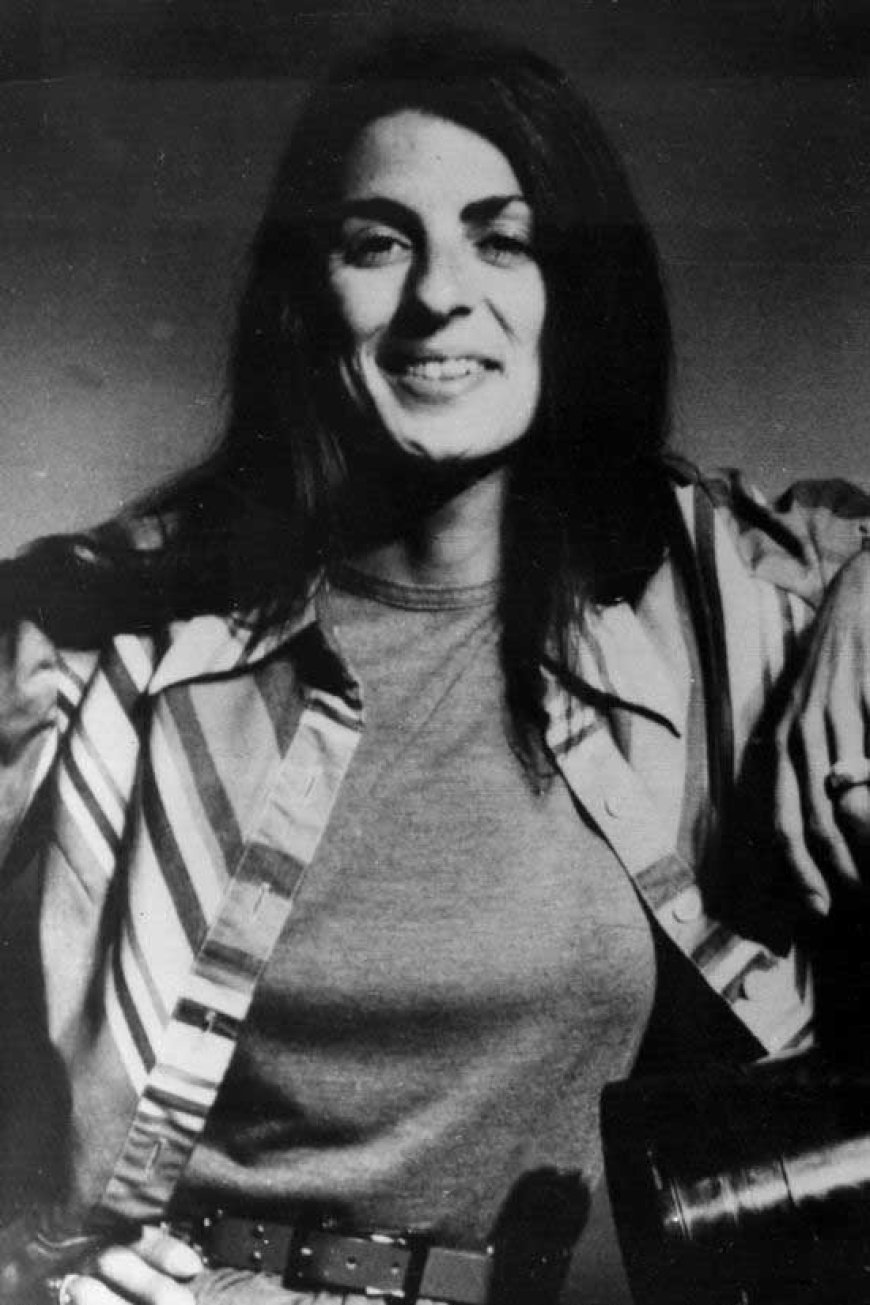
Christine Chubbuck was a television news reporter known for her dedication to her work. She was even nominated for the "Forestry and Conservation Award" from the Florida Division of Forestry. On the morning of July 15, 1974, while hosting a community affairs talk show called "Suncoast Digest," Chubbuck tragically took her own life on live television. Prior to the incident, she surprised her coworkers by announcing that she would read a newscast, something she had never done before. As the program guest waited, Chubbuck sat down at the news desk with a serious demeanor. She covered three national news stories and then proceeded to report on a local restaurant shooting that had occurred the previous day. When the film reel of the shooting jammed, Chubbuck shrugged it off and made a shocking on-camera statement: "In keeping with Channel 40's policy of bringing you the latest in blood and guts, and in living color, you are going to see another first: an attempted suicide." She pulled out a gun from her bag and shot herself. The broadcast abruptly ended as Chubbuck jerked forward and fell violently. It later emerged that Christine Chubbuck had been struggling with depression and loneliness. Approaching thirty, she was a virgin and had only dated two men in her lifetime. She had developed feelings for a coworker who was already in a relationship, which further contributed to her depression.
Interesting fact: Nearly a week before her suicide, Chubbuck had humorously mentioned to the night news editor of the channel that she had bought a gun and wanted to kill herself on-air.
1. Thich Quang Duc (1897 – 1963)

Thich Quang Duc was a Buddhist monk from Vietnam who immolated himself in protest against the persecution of Buddhists by the South Vietnamese government. On June 11, 1963, Thich Quang Duc sat on a street in Saigon, setting himself on fire without uttering a single cry of agony. His self-immolation was captured in a powerful photograph by Malcolm Browne, a photographer covering the war in Vietnam. Browne's photograph of the monk's death later earned him a Pulitzer Prize. John F. Kennedy once remarked that "no news picture in history has generated so much emotion around the world as that one," referring to the image of Thich Quang Duc's burning body in the middle of a Saigon intersection.
What's Your Reaction?



























































